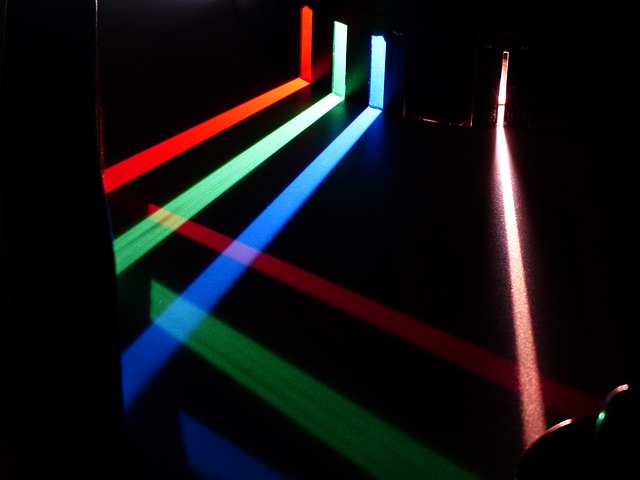Letter from Derek Copeland:
The work that I am doing involves the measuring of shaped ultrashort laser pulses with complex intensities and phases. The principal method I have been employing involves the use of different forms of frequency-resolved optical grating (FROG) utilizing, amongst other devices, second-harmonic-generation crystals (SHG). I also use a version of spectral interferometry: specifically, a spatially encoded arrangement for temporal analysis dispersing a pair of light e-fields. Finally, various iterative phase-retrieval algorithms are used in the pulse measurements.
From the very start, I have ben having difficulties over obtaining convergence for pulses with TBP≤80 (in the presence of noise, the failure to converge can occur for the retrieval of less complex pulses around TBP-50). During repeated efforts to to resolve this issue, I have contacted all of the various parties involved in the design and build of the equipment. The makers of the SHG crystal originally blamed the makers of the spectrometer who, in their turn blamed the crystal manufacturer. After a number of replacements and adjustments – none of which produced any better results – both are now blaming the algorithm encoders (who are, incidentally, blaming me).
Felicity replies:
Well? Could it be you? I am loathe to say it but the SHG FROG and the algorithm that supports it are well known to be extremely reliable and very robust in their operation. It is hard to imagine where it is going wrong since there are built-in independent checks on all measurements – not to mention the geometrics for single-shot operation. Furthermore, as I'm sure you know, it is particularly versatile and can be used effectively for both shaped and unshaped pulses. From what you have said, it is hard to imagine where the problem might occur in the equipment. Therefore, I have to put the question: could there be operator error?
One thought does occur. Have you tried a cross-correlation FROG using a well-characterized and previously measured independent reference pulse? A simple pulse used in the measurement of a complex pulse might make it clear where you are going wrong.


 Human height "too divergent"
Human height "too divergent"
 Racism has primitive evolutionary origin
Racism has primitive evolutionary origin